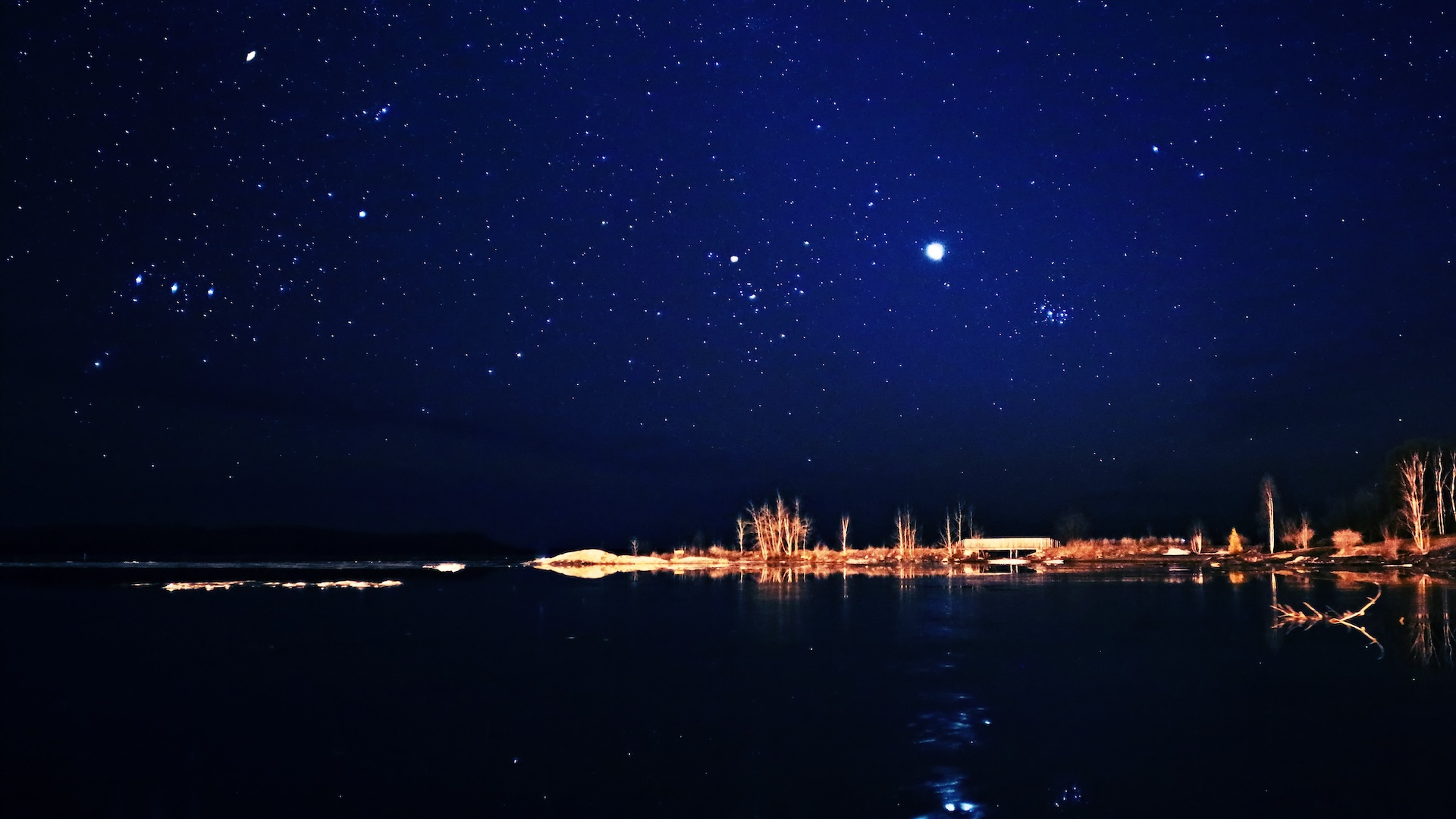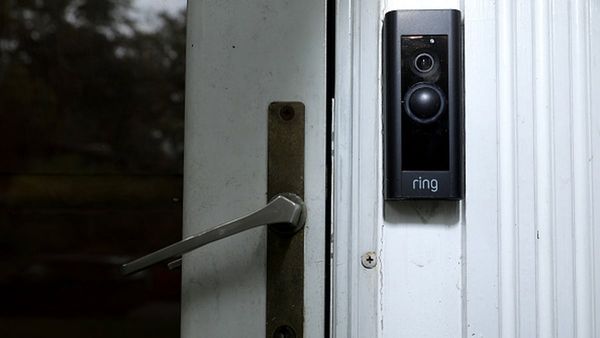
Go outside an hour before sunrise on Thursday, April 24, and if the skies are clear, you'll be greeted by a spectacular sight in the east: Venus shining at -4.4 magnitude — its brightest, as seen from Earth, until Sept. 22, 2026.
Venus currently has the nickname the "Morning Star" because it rises in the east and shines brightly just before sunrise. It's been that way only since March 22, when the planet traveled roughly between Earth and the sun and was lost in the sun's glare for a few weeks.
That was Venus' inferior conjunction with the sun, according to In-The-Sky.org. Prior to that, the planet had been shining very brightly as the "Evening Star" in the west just after sunset, reaching -4.6 magnitude on Feb. 16. (Lower magnitudes correspond to brighter objects.)
Related: The 10 best stargazing events of 2025
Venus has been shining brightly in recent months because it's been close to Earth. In fact, Venus has been undertaking Earth on the inside on its 225-Earth-day orbit of the sun. Because Earth takes a longer 365 days to complete an orbit, Venus must approach Earth, undertake it and then travel away from it.
As a result, Venus gets much larger and brighter from our perspective on Earth. But something else happens to it, too. If you use a good telescope on April 24, you will see that, despite being so bright, Venus is a 23%-illuminated crescent. Just as we see the moon as a crescent as it orbits Earth, we see the inner planets — Venus and Mercury — as crescents as they orbit the sun. Check back a month later, on May 24, and Venus will shine at -4.2 magnitude and be 45%-lit.
Although Venus will be at its most brilliant from Earth on April 24, it will appear bright throughout late April. If you have clear skies on April 25, you'll see an 8%-illuminated crescent moon just below Venus, while Saturn will sit just below Venus throughout April. Together, the three celestial objects will briefly form a smiley face in the sky.







